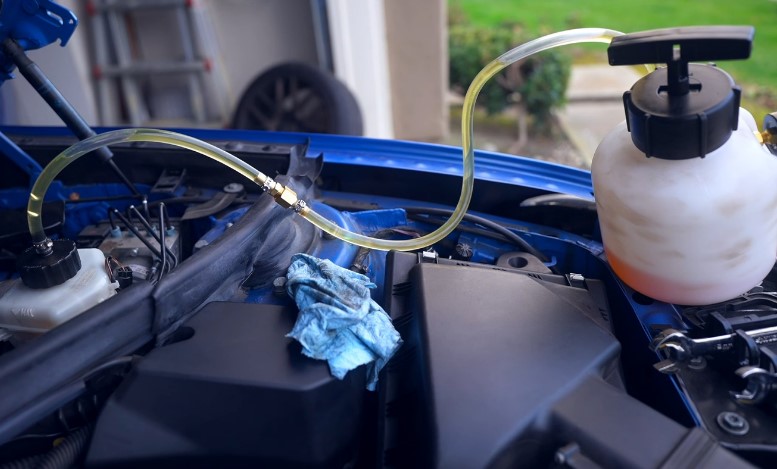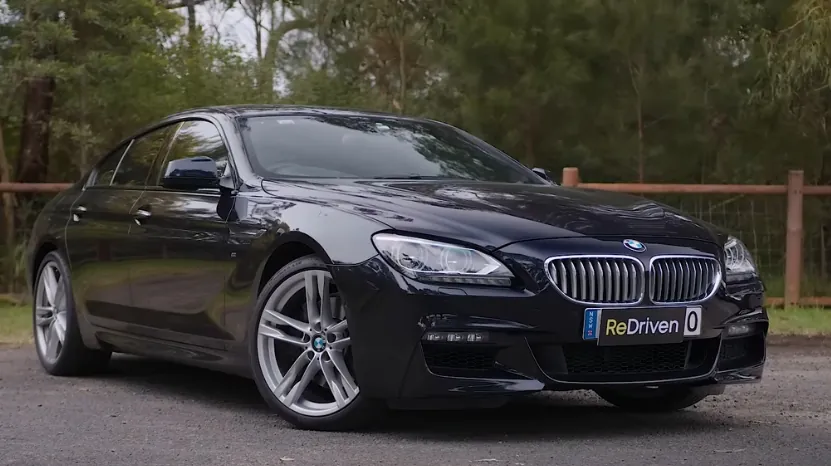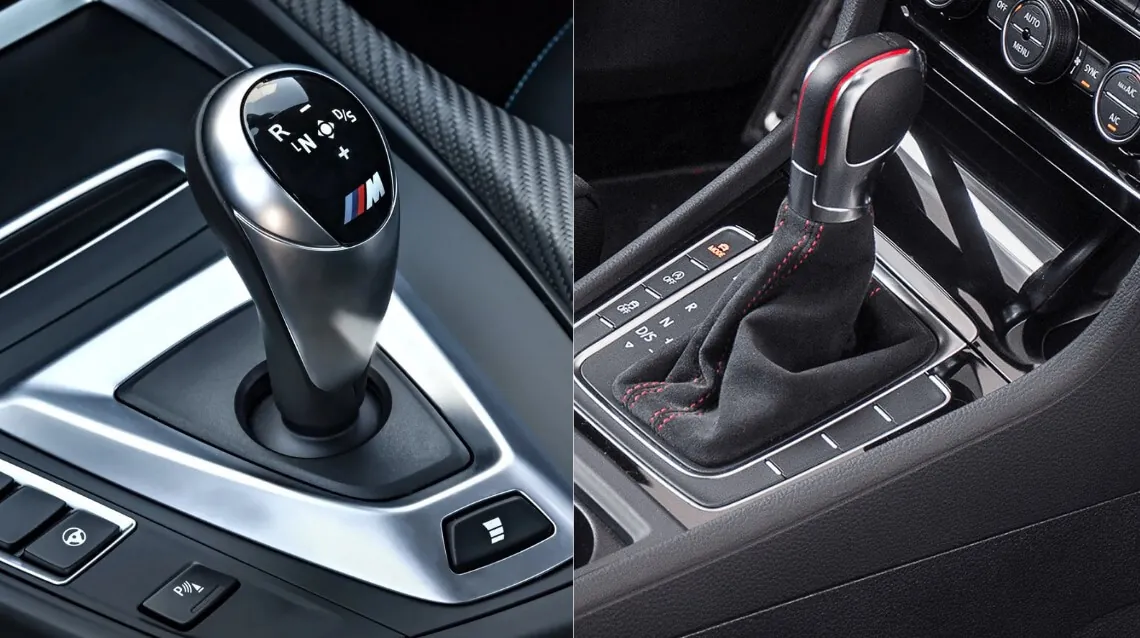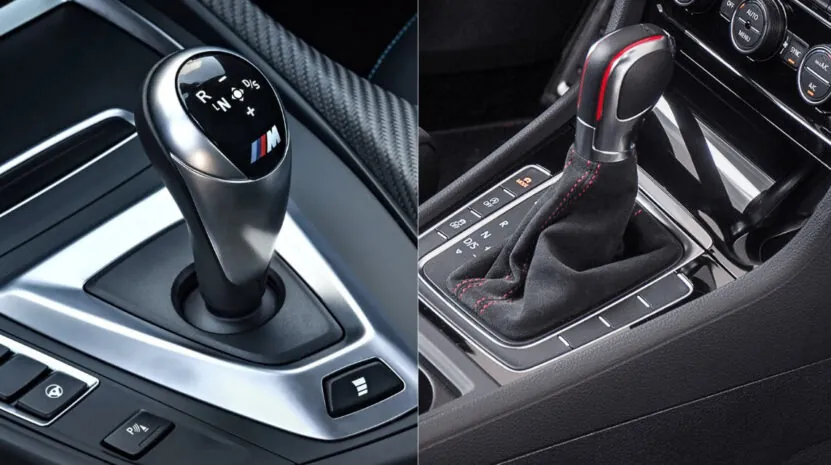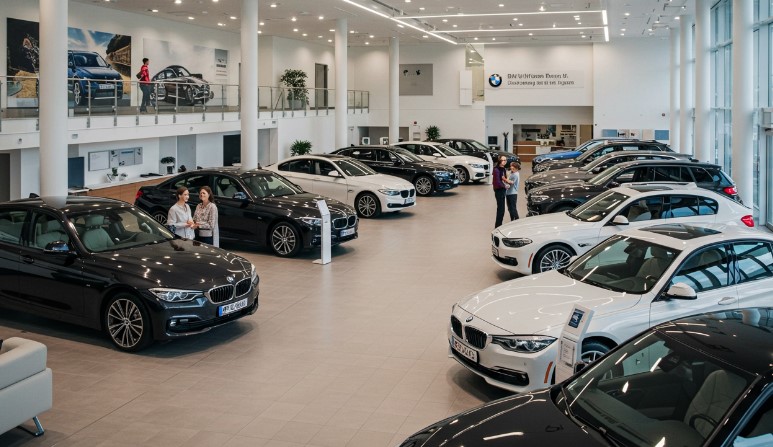
Share Post:
A new BMW will almost always cost significantly more in the United States than in Germany due to a mix of currency exchange rates, import tariffs, transportation and logistics costs, stricter US safety regulations, dealer pricing strategies, and differences in standard features.
For example, a 2025 BMW 3 Series (330i) costs around €48,000 ($51,500) in Germany, while the same car starts at $46,900 in the US but typically comes with fewer features. When comparably equipped, US buyers can pay 10–25% more than Germans for the same car, before tax. The pricing gap persists even after accounting for VAT (Value Added Tax) in Germany versus sales tax in the US, and it gets wider with options or higher-end models.
Table of Contents
TogglePrice Comparison: Germany vs. the United States
To see the difference clearly, let’s look at the current 2025 BMW prices for the 3 Series and X5 in both countries:
| Model | Germany MSRP* | US MSRP* | Germany (USD equivalent)** | US Price (as sold) | Gap (as sold) |
| BMW 330i Sedan | €48,000 | $46,900 | $51,500 | $46,900 | $4,600 lower in the US (base), but… |
| BMW 330i (well equipped) | €54,000 | $52,000+ | $57,900 | $54,000+ | $3,900+ lower in the US (base), but options costlier |
| BMW X5 xDrive40i | €76,000 | $67,500 | $81,600 | $67,500 | $14,100 lower in the US (base), but the US model lacks many features |
| BMW X5 (similarly equipped) | €83,000 | $76,000+ | $89,200 | $81,000+ | $8,200 lower in US (base), but with options gap shrinks |
* Manufacturer’s Suggested Retail Price, base model, June 2025
** Exchange rate: €1 = $1.07 (June 2025, average)
1. Taxes: VAT vs. US Sales Tax
Germany: The advertised price includes a hefty 19% value-added tax (VAT). For example, €48,000 for a 3 Series includes almost €7,700 in VAT that you’ll never see as a separate line.
US: Sticker prices don’t include sales tax. If you’re in California, add almost 9%; in New York, about 8.8%; in Oregon, 0%—but with higher registration fees. That means a $47,000 car becomes more like $51,000 at the DMV.
Once you add in US sales tax, the price gap gets smaller, but when you match features, the US buyer still pays more for the same level of equipment.
2. Import Tariffs and Customs Fees
Germany: No import tariffs on domestic cars; it’s a home market for BMW.
US: Most BMW sedans and some coupes are imported from Germany. The US charges a 2.5% tariff on imported passenger cars. SUVs like the BMW X5 are made in Spartanburg, South Carolina, and avoid this tariff, but options and parts may still face extra duties (especially with ongoing US-EU/China trade disputes).
Example:
A $50,000 BMW imported from Germany to the US has at least $1,250 in tariffs tacked on before it hits the dealership. Parts made in China or the EU and shipped for final assembly in the US can also rack up extra duties, which ultimately get passed to the buyer.
3. Shipping, Logistics, and Distribution

Moving a car across the Atlantic isn’t cheap.
- Ocean freight: Typically $800–$1,200 per car, depending on volume and route.
- US Port fees and inland shipping: $300–$1,000 per car, more if the car goes deep inland.
- Germany: Most buyers are less than 500 km from the factory—logistics are streamlined and low-cost.
Example:
A German customer in Munich might pay less than €200 for factory-to-dealer delivery (often included in the price). A US customer in Kansas will have paid for the journey from Germany to the East Coast, then rail or truck to the Midwest—hundreds or thousands extra, sometimes reflected as a “destination and handling” fee ($995–$1,175 per car as of 2025).
4. Currency Fluctuations and BMW’s Pricing Strategy
BMW sets US prices well in advance, often “hedging” against currency swings. If the euro gets stronger, US prices go up fast. If the euro drops, BMW rarely lowers US prices—they pocket the extra margin.
- 2022–2024: The Euro fell from $1.18 to about $1.07. US BMW prices stayed flat or even rose.
- 2025: Euro hovers near $1.07, but US buyers aren’t seeing lower MSRPs.
Result:
US BMW prices rarely reflect real-time exchange rate advantages. BMW manages risk by keeping prices high, which protects their margins, not the consumer’s wallet.
5. US Safety and Emissions Regulations
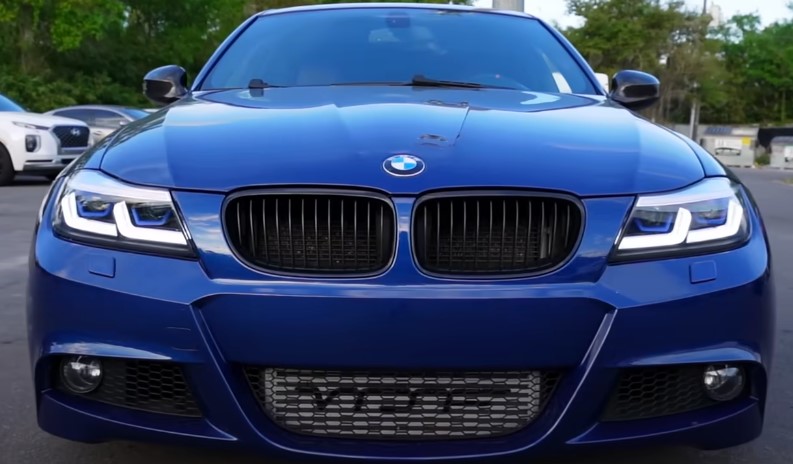
US law (NHTSA, EPA) requires carmakers to add features or modify vehicles to meet unique American standards:
- Reinforced bumpers
- Different lighting (amber turn signals, side markers)
- Unique airbag calibration and emissions controls
- Special software or even hardware differences
Cost Impact:
For a global automaker, these adaptations cost money—BMW estimates $300–$1,500 per car for regulatory compliance. Those costs are included in the US retail price.
6. Dealer Margins, Destination Fees, and Market Practices

Germany: Dealer markups are slim, the market is highly competitive, and price negotiation is normal. Destination fees are included or minimal.
US: Dealers charge higher markups (sometimes $3,000+ above invoice on high-demand models), plus destination/handling fees (almost always $995–$1,175 as of 2025).
- “Market adjustment” fees can add thousands more if the model is in short supply.
- Pre-installed options and unwanted dealer add-ons (paint protection, window etching) are common.
The US market has also shifted dramatically toward digital-first research and buying. Modern BMW buyers compare not just dealer inventories, but financing offers, incentives, and even detailed customer reviews—most of which happen before they set foot in a showroom.
Because of this, dealers and automotive brands have been investing heavily in online presence and search engine visibility. It’s not uncommon for dealers to work with specialist agencies like Boosted Lab, which focuses specifically on SEO for the auto industry, to make sure their listings and offers appear at the top when someone Googles “BMW near me” or “best BMW lease deals.”
This heightened online competition, powered by smart digital marketing, can drive up advertising costs and overhead for dealers, one more factor that ultimately finds its way into the final price you see on a US BMW lot.
A “base” 330i in the US may show a $46,900 MSRP, but the drive-away price after options, tax, destination, and add-ons can quickly hit $60,000—especially in a market where digital visibility and aggressive online competition shape both what’s offered and how much you’ll pay.
7. Standard Equipment: Germany vs. US
A “base” BMW in Germany is generously equipped: navigation, heated seats, parking sensors, and advanced safety tech. The US base models often skip these features to keep the MSRP lower, pushing buyers to add expensive packages.
What’s Standard? (2025 BMW 3 Series Example)
| Feature | Germany (Standard) | US (Standard) | US (Option Price) |
| Navigation | Yes | No | $1,800 (in package) |
| Heated Seats | Yes | No | $500 |
| Parking Sensors | Yes | No | $500+ |
| Adaptive Cruise | No (popular) | No | $1,000+ |
| Ambient Lighting | Yes | No | $250 |
Result:
If you want your US BMW to have the same features as a German one, expect to add $3,000–$8,000 in options.
8. Brand Perception, Market Position, and Pricing Power
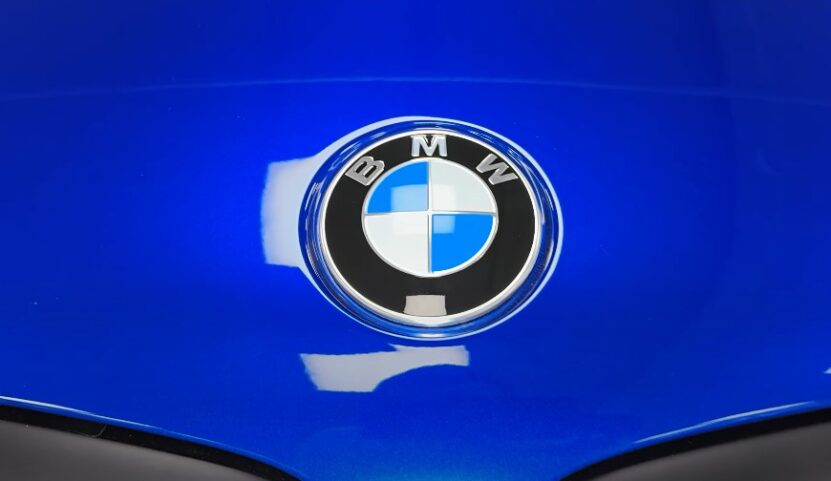
BMW positions itself as a status symbol in the US, allowing for premium pricing.
- In Germany, BMW is “aspirational” but also a practical daily driver for professionals, company fleets, and taxis.
- US buyers are more likely to pay extra for prestige, and BMW capitalizes on that.
Stat:
In 2024, 13% of all luxury cars sold in the US were BMWs (Statista), and US buyers pay, on average, 18% more for German brands than European buyers do for the same cars.
Related Posts:



